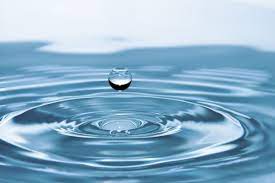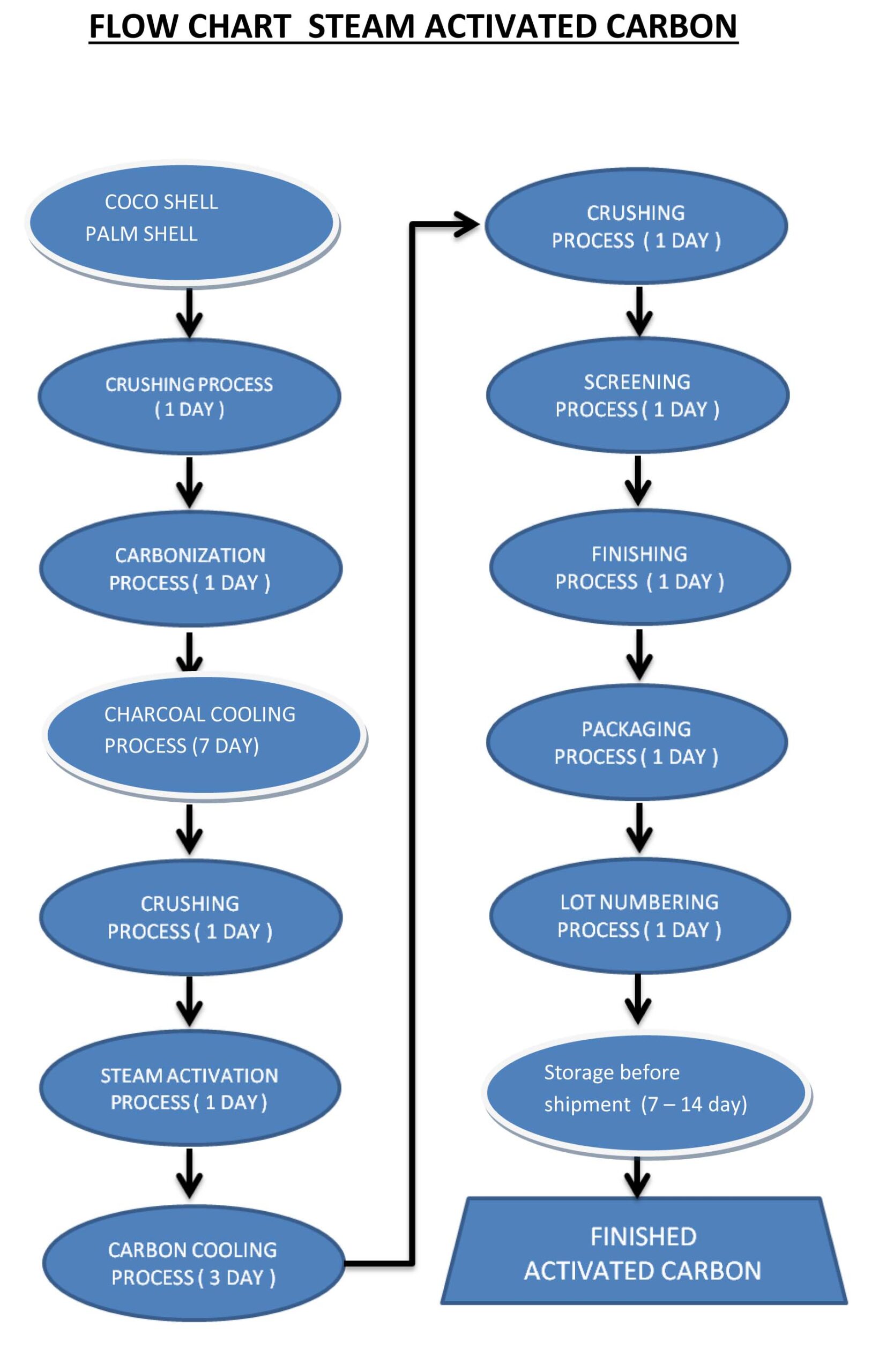Applications

Application Of Activated Carbon
Activated carbon at Karbonous Inc keeps on gaining popularity as a result of their comparative benefits over traditional powdered or granular versions of this well-known adsorbent, opening up new possibilities for technical advancements in a variety of areas. From a number of activated carbon applications, some common applications are discussed below.
Air Purification Solutions – Gas Cleaning Using Activated Carbon
Regular and irregular shaped activated carbons are used in gas cleaning along with several other uses. Cylindrical-shaped carbons are preferably used because these usually have a lower flow resistance and a better abrasion hardness than broken coals.
The uses of granular activated carbons in the field of gas and exhaust air cleaning are diverse; for instance, recovery of solvents, e.g., in gravure printing, with coatings as well as in the packaging, food, and chemical industries.
- Natural gas purification; Removal of Hg, H2, & BTX
- Exhaust gas cleaning after waste incineration plants for removal of dioxins and heavy metals
- Exhaust air purification after production processes to remove organic impurities
- Purification of process gases, e.g., CO2 purification and compressed air cooling
- Removal of pollutants in air conditioning systems as well as in loading and ventilation systems
- Removal of odorous substances in kitchen extractor hoods and refrigerator filters.
- Avoidance of emissions, e.g., in bottling plants, tank breathing in cars, and industries
- Removal of pollutants in car interior ventilation
- For respirators
- For cigar and cigarette filters
- As a carrier material for special impregnations or catalysts


Water Purification – Activated Carbon Application

In water purification, depending on the area of application and process powdery (stir-in process) or granular activated carbons (Fixed bed process), activated carbon for drinking water purification has changed significantly over the decades. In the past, the field of drinking water treatment was the removal of excess chlorine and the elimination of flavors and odors from relatively good raw water underground. Precisely, activated carbon is the best agent for VOC removal and odor control. However, the ever more stringent quality requirements for drinking water combined with increasing pollution of the raw water (ground and surface water) led to the optimization of activated carbon to ensure perfect drinking water quality.
In recent years, the use of activated carbons has increased in drinking water treatment, remediation of groundwater, and further developed in industrial water treatment using municipal ground water filter systems in CA, USA. Activated carbon is also increasingly used for wastewater treatment required, be it for the targeted treatment of individual wastewater streams, such as in the chemical industry, for the removal of bacteria toxic substances to protect biological wastewater, or for post-cleaning of the already treated wastewater. Another area of application for activated carbon is the landfill gas emissions.
Discoloration and Cleaning of Liquids Using Activated Carbon
A broad area of application in adsorption technology is the treatment of liquids of all kinds, such as sugar solutions, glucose, edible oils and fats, glutamate, condiments, wine, beer, fruit concentrates, plant extracts, chemicals, pharmaceuticals, and others. In addition to pure discoloration, the activated carbon also has adsorptivity, removing other dissolved organic impurities as well as odors and flavors.
As a rule, powdered activated carbons are used in type series “Carbopal” in the stirring or suspension process or sheet filtration. In the case of powdered charcoal, there are also numerous applications. For example, when using fixed bed processes, the so-called percolation processes, granular activated carbons of the “Epibon” series are used, which are characterized by an open-pored structure and excellent filter properties.
Stir In Or Suspension Process
This is the most commonly used method. Activated charcoal is either stirred directly into the solution to be treated or metered in the form of an approximately 15% suspension. This suspension can be made using water, condensate or the already purified solution can be prepared.
The exposure time of the activated charcoal is to be matched to the physical properties of the liquid to be treated, e.g., viscosity, temperature, pH value, and the substances to be removed.
Sheet Filtration/Percolation
The less common method of sheet filtration is by depositing powdered activated carbon on a filter element – if necessary using filter aids – a filter layer built up, which cleans up the solution. The sheet filtration is similar to the percolation process for decolorization or purification of solutions, in which granular activated carbon in adsorption columns is used. This is typical for both the procedures, concentration distribution in the layer and the adsorption column. The highest concentration prevails at the entry and the lowest concentration at the exit. With increasing loading, this concentration distribution shifts in the direction of flow.
Activated Carbon for Gold Recovery / Metal Recovery
In the case of adsorption, the activated carbon depends on the pollutant concentration balance. After one-off application in the stirring process is the adsorption capacity of activated charcoal and not exhaustion. Your remaining capacity depends, among other properties; for instance, the adsorptive activated carbon also works excellent with heavy metals. If it is low, the remaining capacity is still large. The adsorption capacity of the activated carbon is optimum when it is used for cleaning a less concentrated, pretreated solution that contains metals for metal recovery. With multiple uses, the heavily contaminated starting solution comes with activated charcoal pre-cleaned, and then treated with fresh charcoal. Besides, recovery of gold from ore in Carbon in Pulp is also another important application since metal recovery is possible with activated carbon, and industries use the same for gold recovery.
Liquid Phase Applications
- POU/POE
- Groundwater remediation
- Wastewater treatment
- Process water treatment
- Municipal water treatment
- Aquarium water treatment
- Dialysis
- Activated carbon for drinking water
Vapor Phase Applications
- Vapor extraction/remediation
- VOC abatement
- Gas Mask
- Indoor Air Quality (IAQ)
- Air stripper off-gas
- Odor control
- Catalyst support/protection
- Tank venting
Food & Beverage
- Glycerin purification
- Wine/fruit juice
- Decolorization/deodorization
- Edible oil purification
- Corn and cane sugar decolorization
